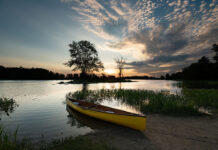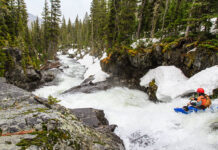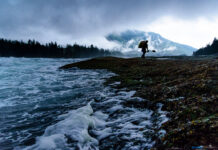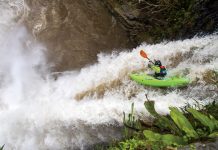Like you, I can vividly remember the first time I rolled. Not my first roll on flatwater, or the one I learned in a course or with a friend at a lake, but the first time I rolled when it really mattered. That elusive, exciting and surprising first whitewater roll. The moment I became a kayaker.
Why your roll is your most important rite of passage
Rolling is by far the most complex thing a paddler will learn—it provides a great example of the dynamic interplay between motor skills, cognitive understanding and affective values—an academic way of saying emotion. Having built my career around guiding and teaching people to paddle, I estimate I have taught about 1,500 people to roll. I can tell you it is rarely the motor skills part of the equation that is the limiting factor. The maneuver itself is relatively easy.
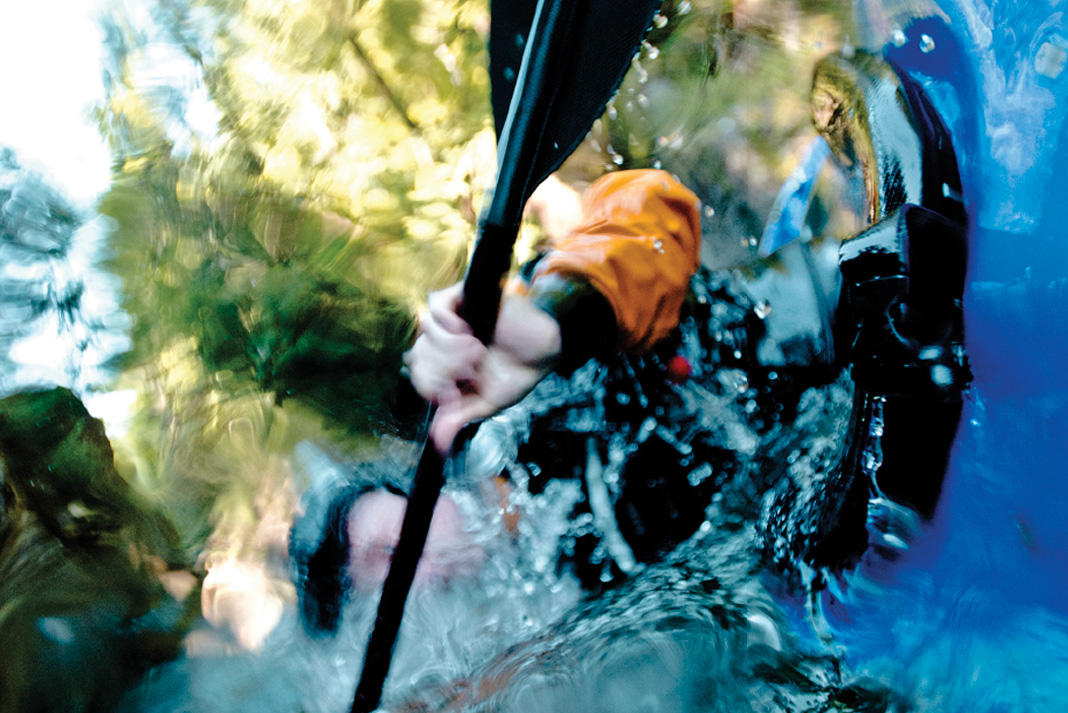
After figuring out the basic motions, comes wrapping one’s head around how all of this happens upside down. On-water demonstrations are a confusing mirror image of what the paddler really needs to do. A good instructor accounts for this and comes up with ingenious ways of demonstrating and then helping a new paddler understand and replicate these motions. That is the easy part. Then comes emotion—more specifically, fear.
“Thinking will not overcome fear but action will.” – W. Clement Stone
Fear is incredibly powerful. It is a rare beginner who can tolerate being upside down, under water, confined and in an awkward position. As water burns into his untrained sinuses, he reaches for the panic button. When it comes to learning, emotion trumps all. Fear overrides a normally rational brain with its flight, fight and freeze reflex, and even the most basic motor skills dissolve.
When I learned to paddle back in the long boat days, even though I could roll in a nice controlled setting, I panicked and bailed any time it really mattered. Fear overrode my cognitive understanding and proven physical ability to roll. Kayak instruction has come a long way since then, but fear is still addressed by most instructors by trying to rationally think it away. “Relax and don’t panic,” I hear instructors tell students. “You know you can hold your breath for 45 seconds.” Unfortunately emotion doesn’t work that way.
Getting beyond the grip of emotion
Good instructors understand that fear happens before thinking can, so we skip the cognitive part of the story and focus on motor skills, as that’s all that’s left. This is known as patterning—as in repetition, repetition, repetition—until the body responds with a pre-planned set of actions, regardless of what the brain thinks or affective response screams. Soldiers, karate black belts and elite athletes have all stumbled upon or purposely pursued this repetition and patterning. No cognition or emotion required, only engrained motor pattern. Shoot. Block. Jump. Roll.
My moment was several years in, with many rivers and many swims behind me. It was on the entry into Third Drop on the Gauley’s Lost Paddle Rapid. I flipped on the first move, felt the blast of water in my nose and the surge of fear, and then was upright! Before my cognitive brain could catch up, I was up and paddling again. The sense of surprise and amazement was so completely disorienting, I flipped over again.
This moment—the automatic and patterned roll—is when we have proven our dues are paid. An automated roll proves time invested in training one’s body to respond with a complex set of actions. While no one is ever beyond swimming, the first whitewater roll is the rite of passage and badge of membership into this small and unique tribe.
Jeff Jackson is a professor with Algonquin College’s Outdoor Adventure guide training diploma and is the co-author of Managing Risk: Systems Planning for Outdoor Adventure Programs.
Searching for that happy place. | Feature photo: Jordan Manley



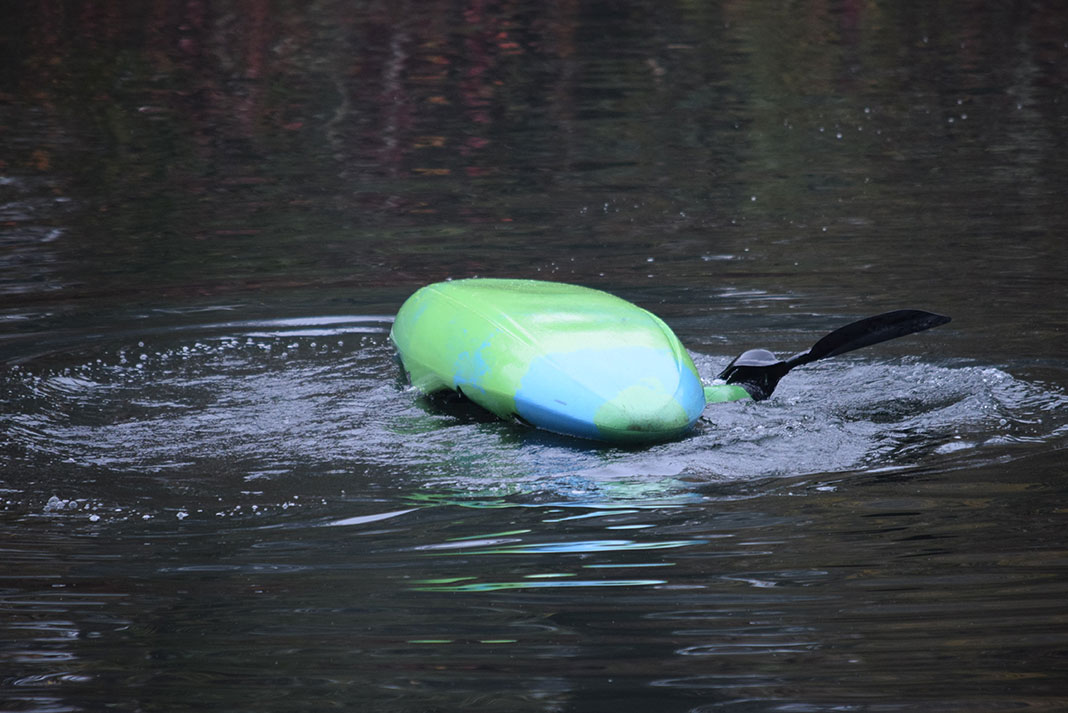
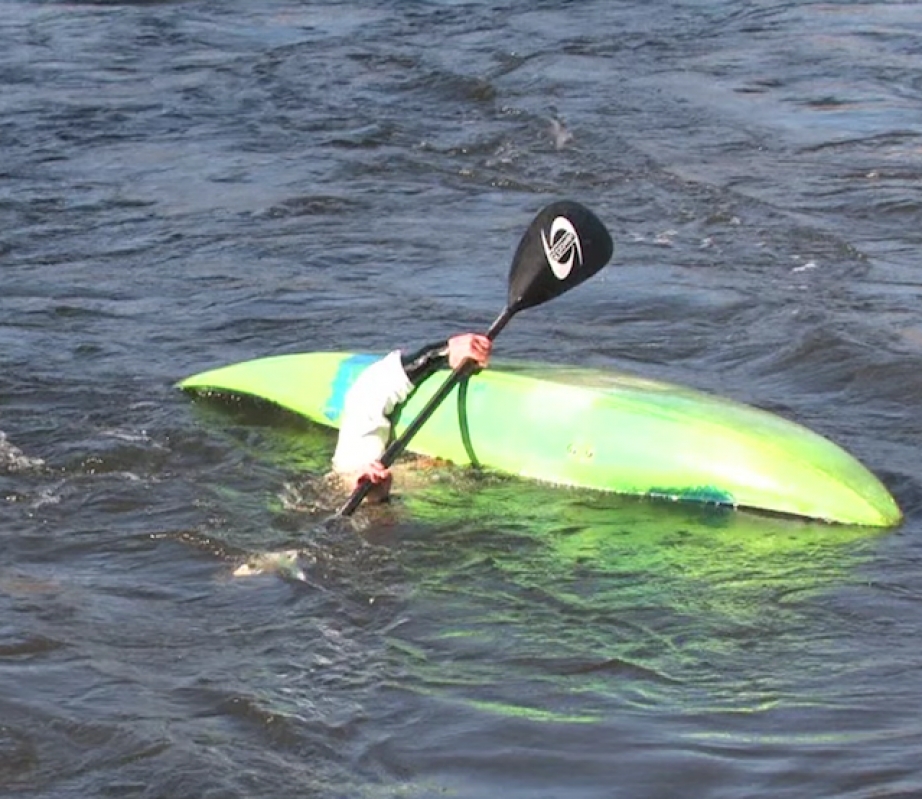
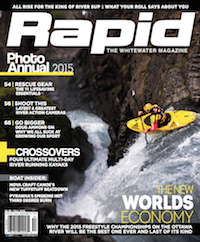 This article was first published in the Fall 2015 issue of Rapid Magazine.
This article was first published in the Fall 2015 issue of Rapid Magazine. 
